Any type of gardening done at home is known as "residential gardening." It's all about where you are. It can be done to improve the appearance of an outdoor living area or to enhance the value of a property. It can also be relied upon as a primary source of fresh food and flowers in the home.
Even if you have been gardening for a long time, chances are you have never considered what makes residential gardening unique. Let's see what we can do to improve our residential gardening!
Characteristics of Residential Gardening
Close to Home: Residential gardening has one consistent characteristic: it takes place close to the house. You're partaking in residential gardening if you're gardening on personal property attached to your home.
Done by Anyone: Home gardening is a common pastime. However, it is not usually the inhabitants of the house that look after the bedding. Many households have their gardening beds installed and maintained by specialists. Gardeners with mobility limitations or spare time who may not have been capable of keeping up with their garden's maintenance on their own would benefit from these services. Even if we don't always think of employing somebody when we think of residential gardening, this arrangement is just as viable as caring for the garden yourself.
Designed for Individual Fun: Residential gardens are frequently built to reflect the owner's own preferences. This could include choosing blooms that the owner appreciates or growing veggies that they frequently prepare. It could also refer to designing surrounding outdoor features such as a deck or pool house. After all, the owner is usually the one who makes these decisions!
Based on Climate Change: Around the world, there are many different types of residential gardens. These patterns are influenced by more than just culture. Residential gardening for climate change is also a significant factor. In every environment, not all decorative or vegetable trees will survive. As a result, a typical home garden in a desert region will differ significantly from one in a moderate one. To maintain their houseplants, some home gardeners spend a lot of water, fertilizer, and other supplies. While it is possible to cultivate plants that are not adapted to the local environment, it is neither simple nor long-term!

Residential vs Urban Gardening
Generally, as previously said, the most crucial characteristic of residential gardening is its location. When done in close proximity to the grower's home, urban gardening is also known as residential gardening. Urban gardening, on the other hand, is not classified as residential gardening if it is done in a public plot or another location distinct from the growers' dwellings. Urban gardening for climate change can play a vital role in changing the climate.
Wildlife Support
Many homeowners are aware of the harm that almost all lawns cause to the environment. Turfgrass is useless to a huge variety of animals, in addition to not being adapted to all temperatures. Changing a portion of your lawn into a unique home garden would almost always help local wildlife. Butterflies and birds benefit from pollination by flowering plants. Many mammal species prefer to feed on garden greenery rather than plain grass. Residential gardening for climate change can also help save the wildlife and most birds are not exposed to such scorching sunlight.
Non-Residential Types of Gardening
Community: Community gardens provide a distribution of land areas that may not be available to citizens in flats or cooperative housing. Community gardens, particularly in major urban centers, are a convenient alternative to residential gardening. The goal of this type of gardening is similar to that of residential gardens, although they are not attached to the house.
Commercial: The value of curb appeal is not limited to private residences. Most companies in your region, if not all, have some form of garden surrounding their facilities. The purpose of commercial gardening is to make a company more attractive to clients. We are more likely to frequent a well-kept establishment than one that appears abandoned and outdated.
Public: Is your area's welcome sign surrounded by a flower garden? Is the nearby park bursting at the seams with blooms in the season? Public gardens can be found in places like these. Usually, public gardens serve to enhance a location for the empowerment of local citizens. Public gardens can have a serious influence on individuals and businesses settling into a city, even if the financial benefits aren't as clear as in commercial gardening. Attractive public areas can have an effect on the value of private residences nearby.
Educational: On the grounds of major academic institutions, gardens and nurseries are common. These gardens are frequently accessible to the public (for free or for a small donation). The primary goal of these gardens, however, is for faculty and students to research the plants that are planted there. There are also educational gardens designed specifically for youngsters. Daycare centers, primary schools, and zoos may all have these gardens. These gardens can be used by kids to learn about various plants and to exercise skills related to their care.
Physical and Mental Health

Residential gardening enables you to reap these advantages in the comfort of your own home. Gardening is a great way to get your daily exercise and spend time outside in the fresh air. Gardeners are less prone to suffering from vitamin D insufficiency (but they should always avoid excessive sunshine!).
Conclusion
True, most gardens are situated near a residence of some kind. However, it's still necessary to backtrack and consider how household gardening fits into the big activity. Even the most seasoned gardeners can benefit from observing how other people engage with plants. You might discover new ways to grow your own bedding for beauty, food supply, or ecological assistance by learning about all of the numerous sorts of residential gardens that are available. Remember, there's nothing prohibiting you from doing multiple types of residential gardening at the same time! Also, there's really nothing wrong with trying a completely different type of gardening. Not everyone has accessibility to planting land in close proximity to their home.

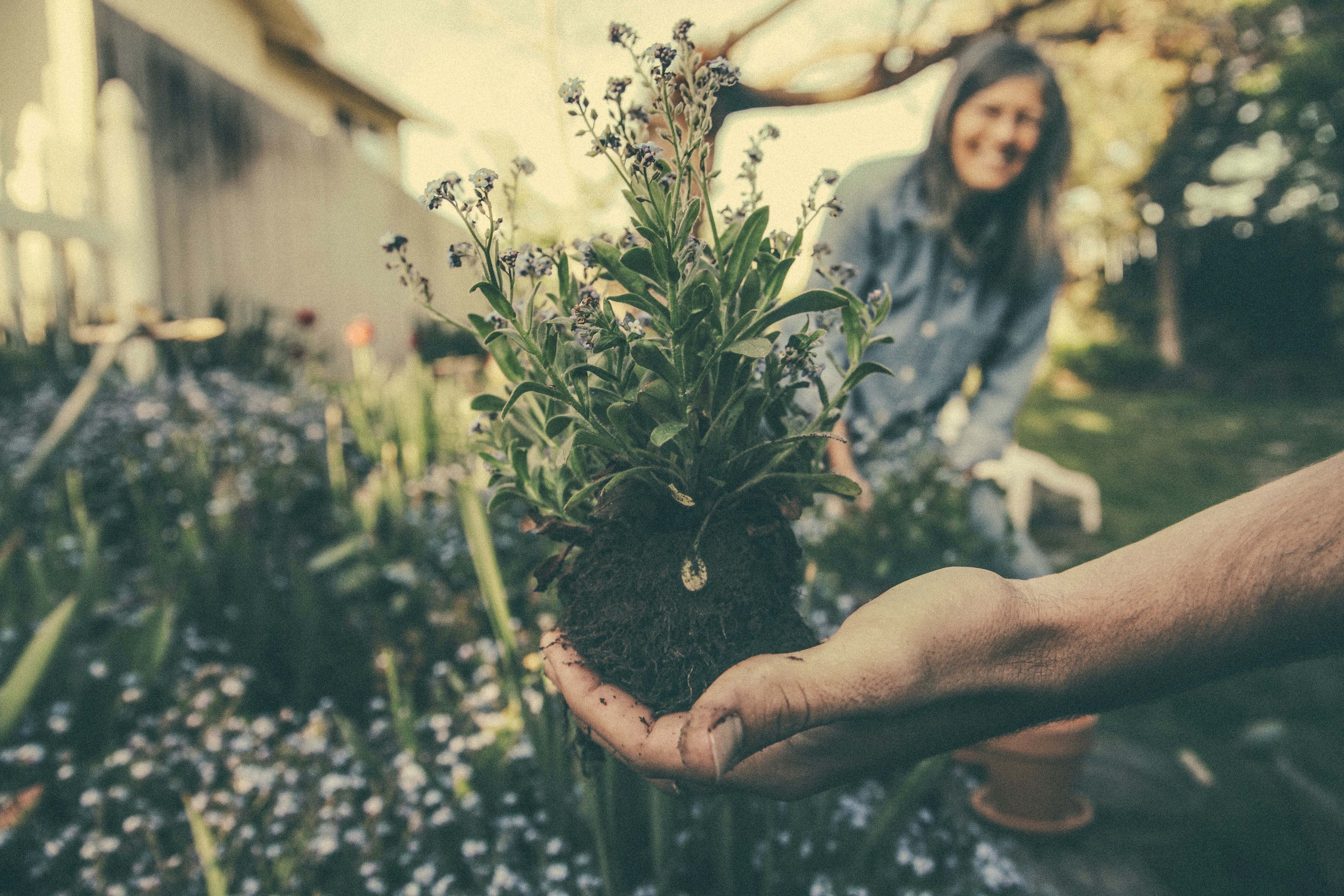
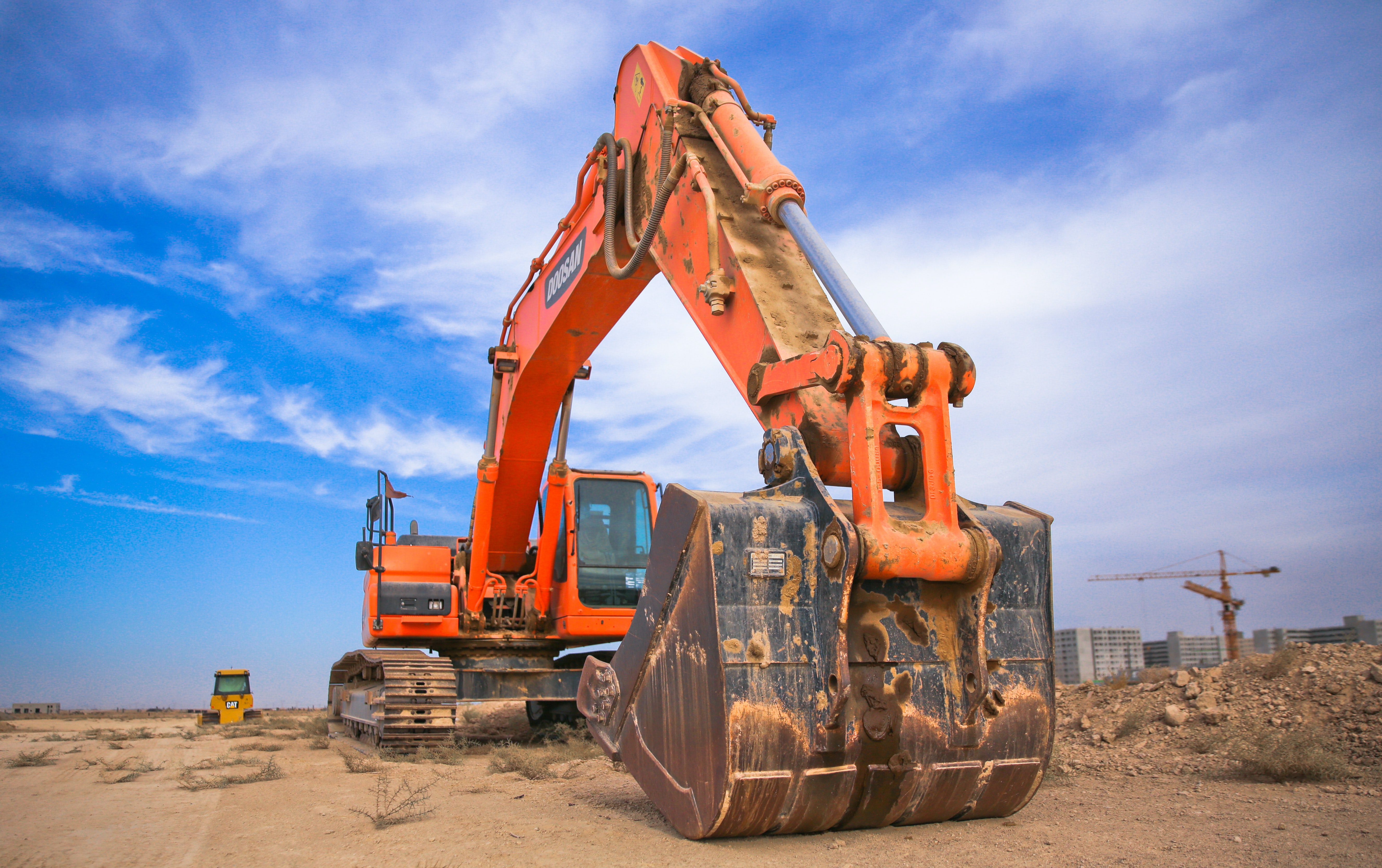
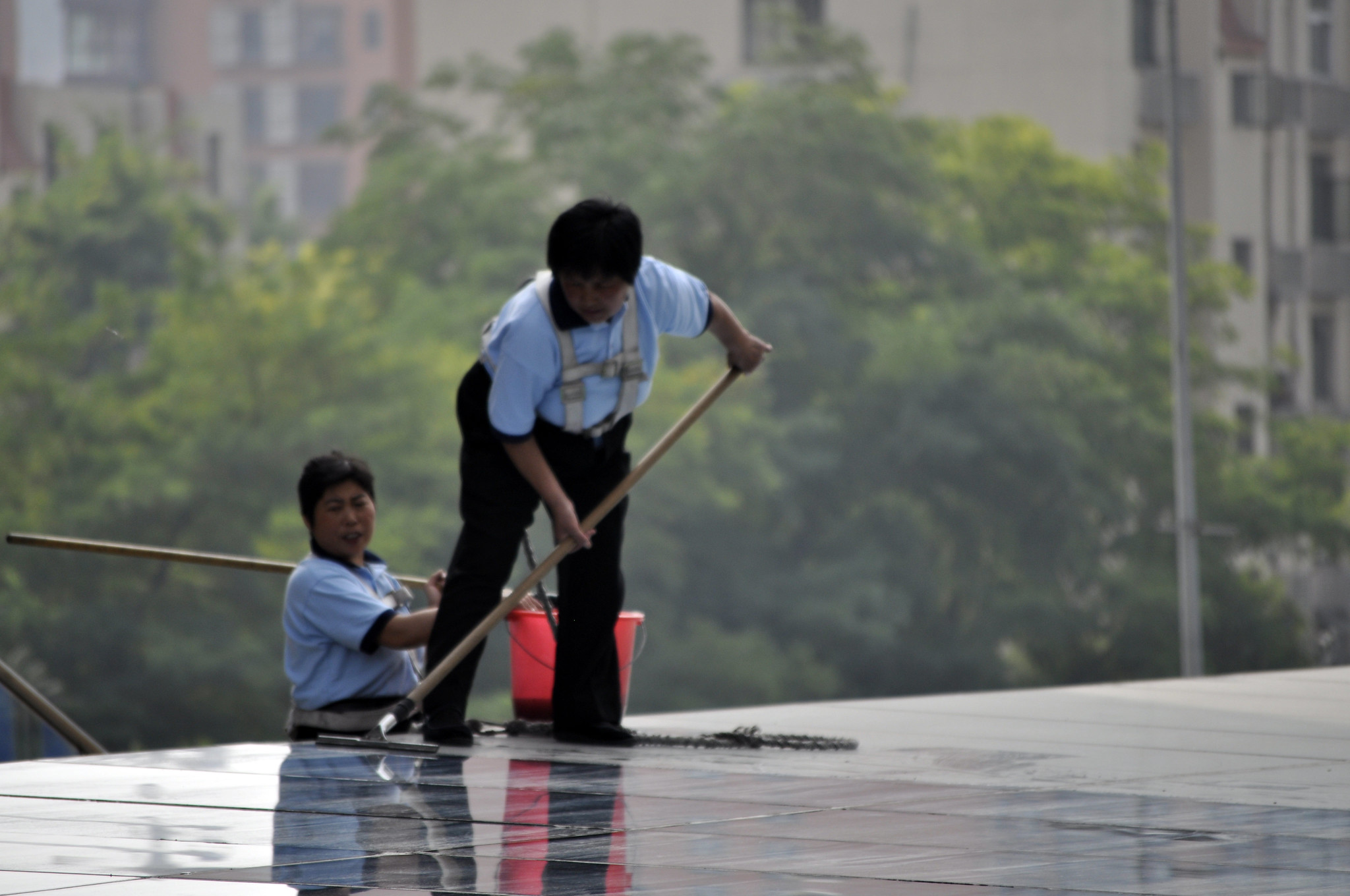
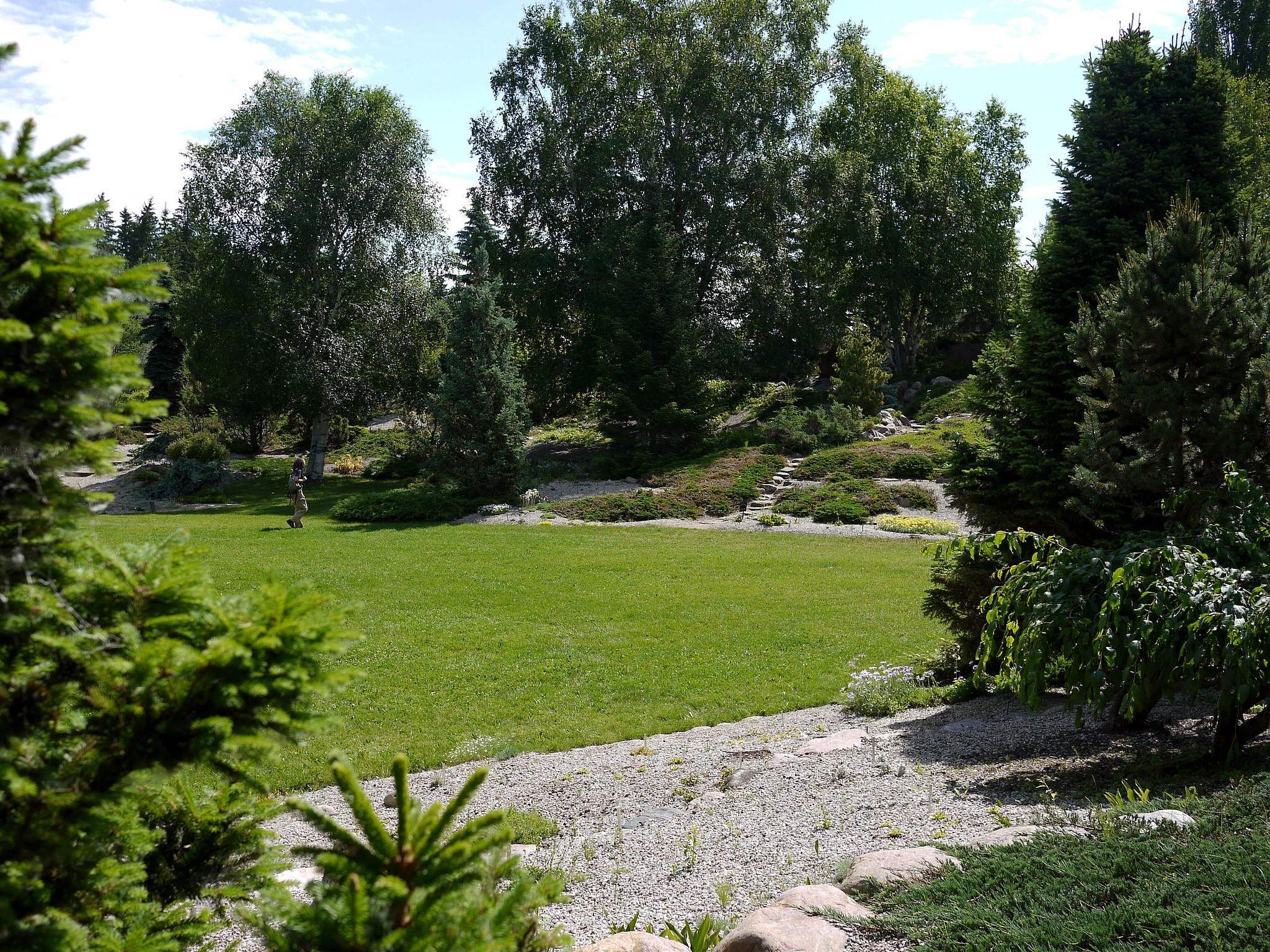


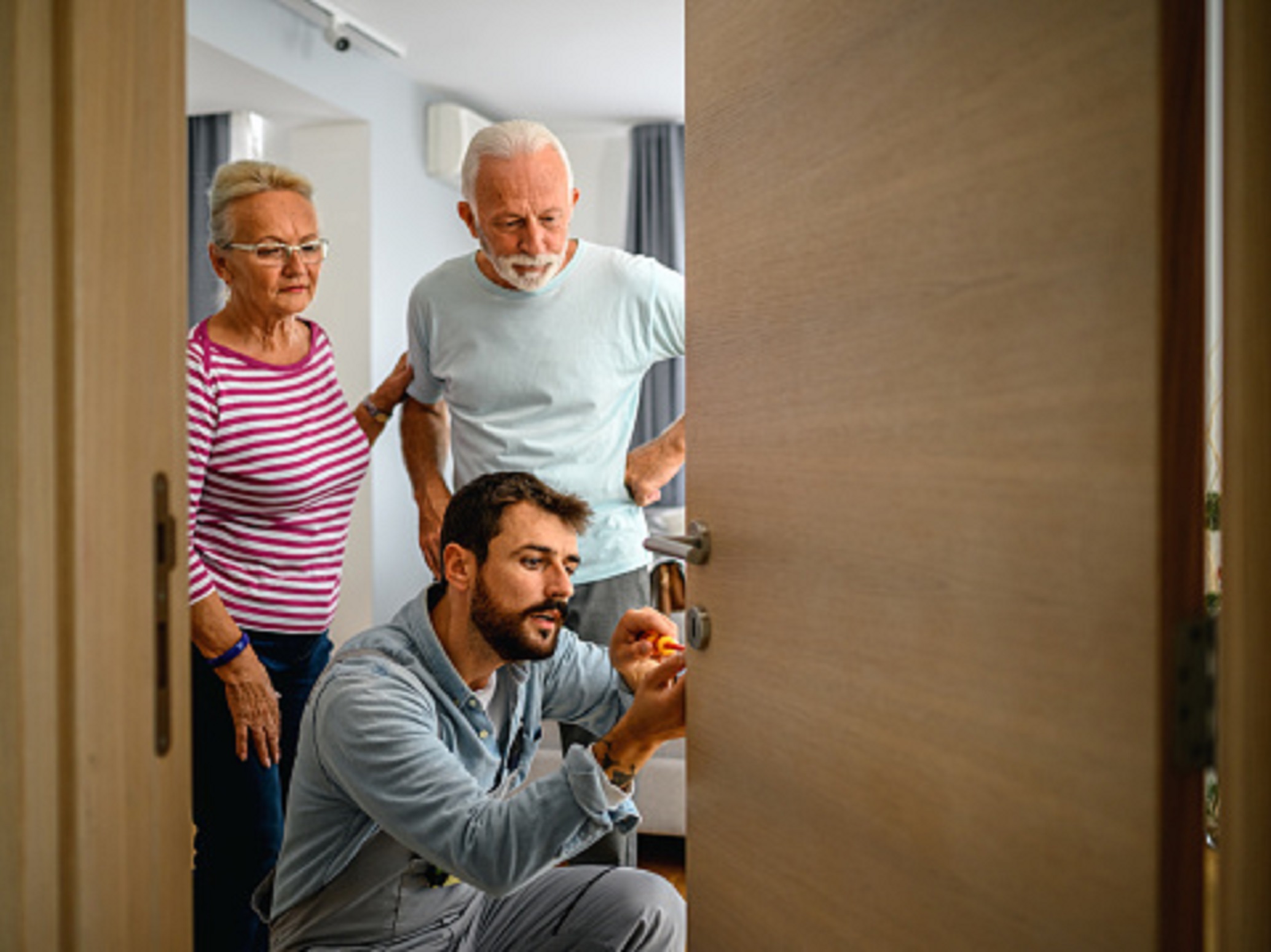


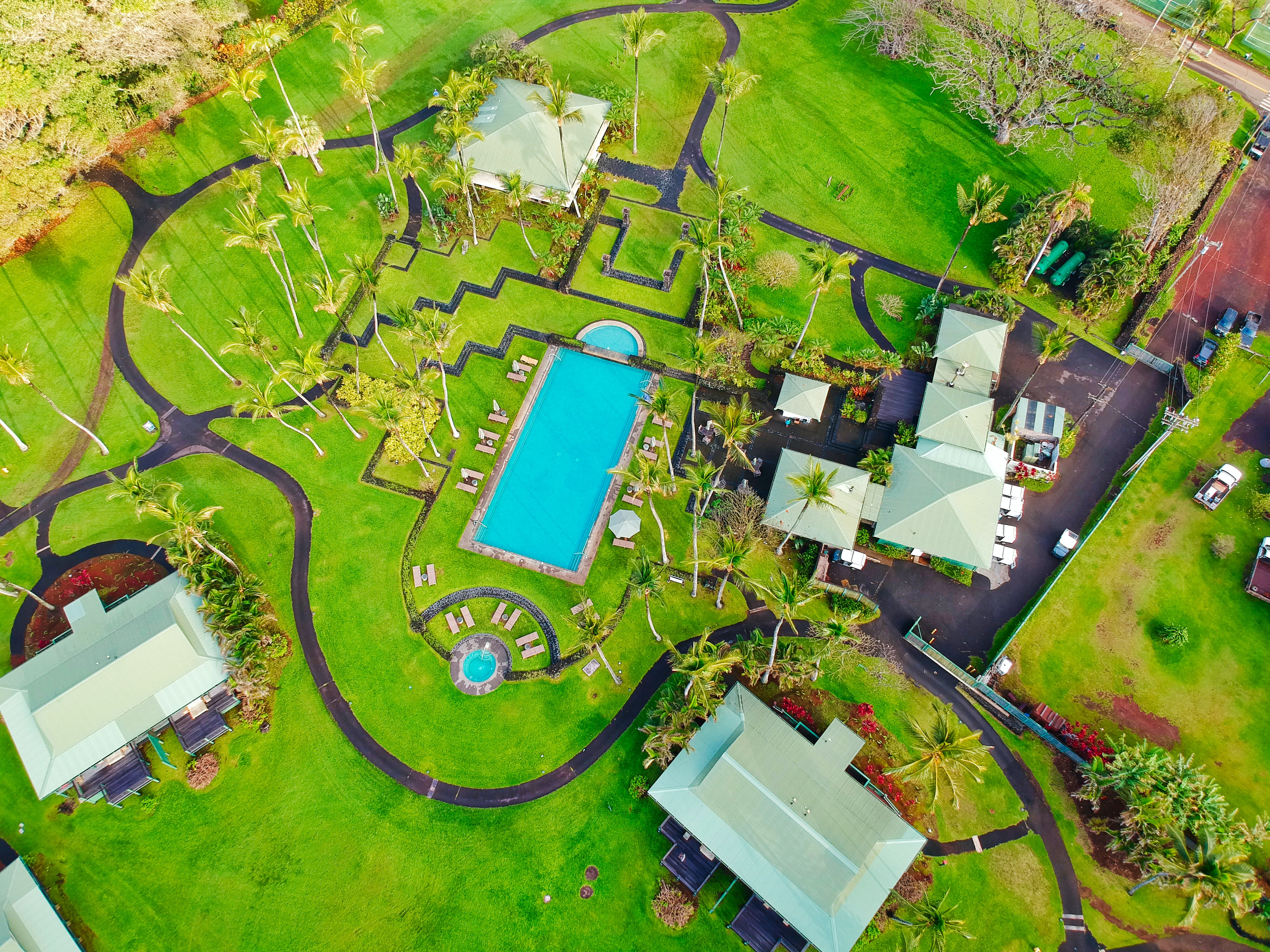
Leave a comment